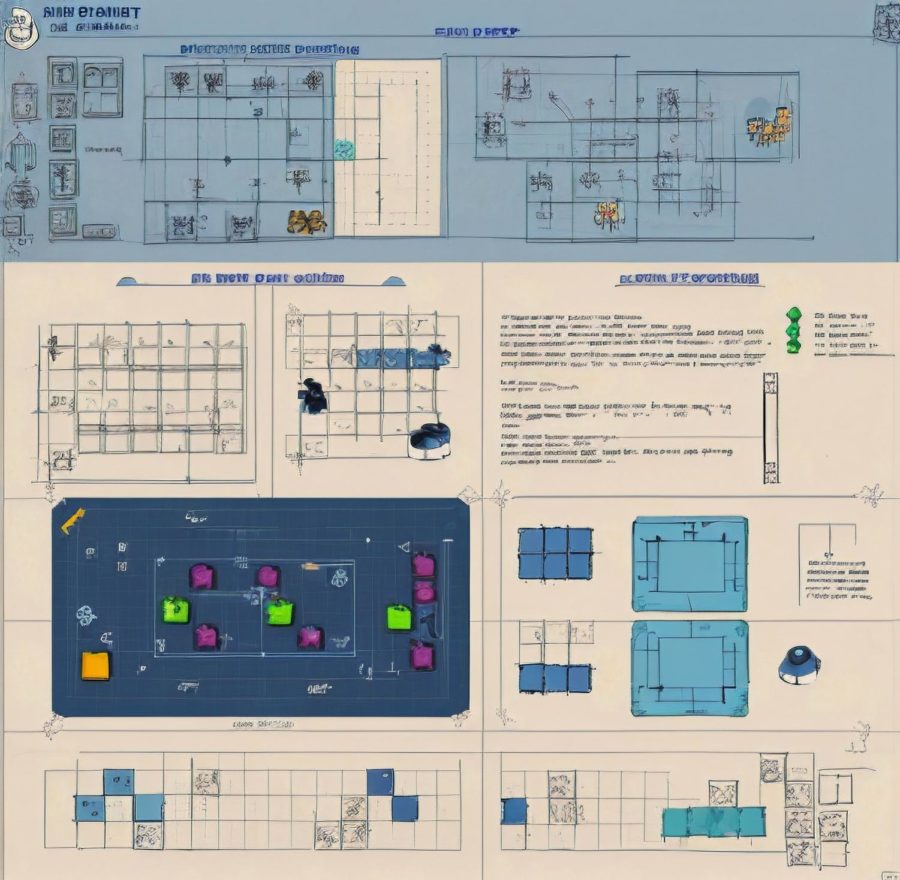The Anatomy of a Game: An Analysis of Its Lifecycle
The lifecycle of a game from concept to finished product; what does this entail?
Tiankuo Zhang Via Stable Diffusion
Here is an illustration of what design documentation looks like to most designers after a while — a blur of text and images that has lost its initial meaning and value.
The Oxford English Dictionary defines a game as “an activity which provides amusement or fun.” But what does that mean? If I find reading fun, is it a game? If I find sleeping fun, is that a game too? If I find living fun, is life a game? To most, no. Unlike what the dictionary may suggest, reading, sleeping, and living aren’t games, and most won’t define them as such. So I argue that we can’t define games through such a narrow statement. Instead, we must define it through a process.
Foundation
The first thing that goes into a game is obtaining an idea. To start this process, you should look at why you want to make a game at all. Do you have a distaste with an existing game and desire to reform it? Do you have a unique gameplay mechanism in mind? Do you have a story you want to tell? All of these are feasible foundations from which you may start your game design.
If you’re designing a new game solely because of a problem with an existing game, great! You already have a foundation upon which you can design, now you just need to think about how to improve upon that basis. Differentiating the new game from previous ones is only the first step, as improving elements of similar existing game is important, but it can’t be the sole justification for creating a new game.
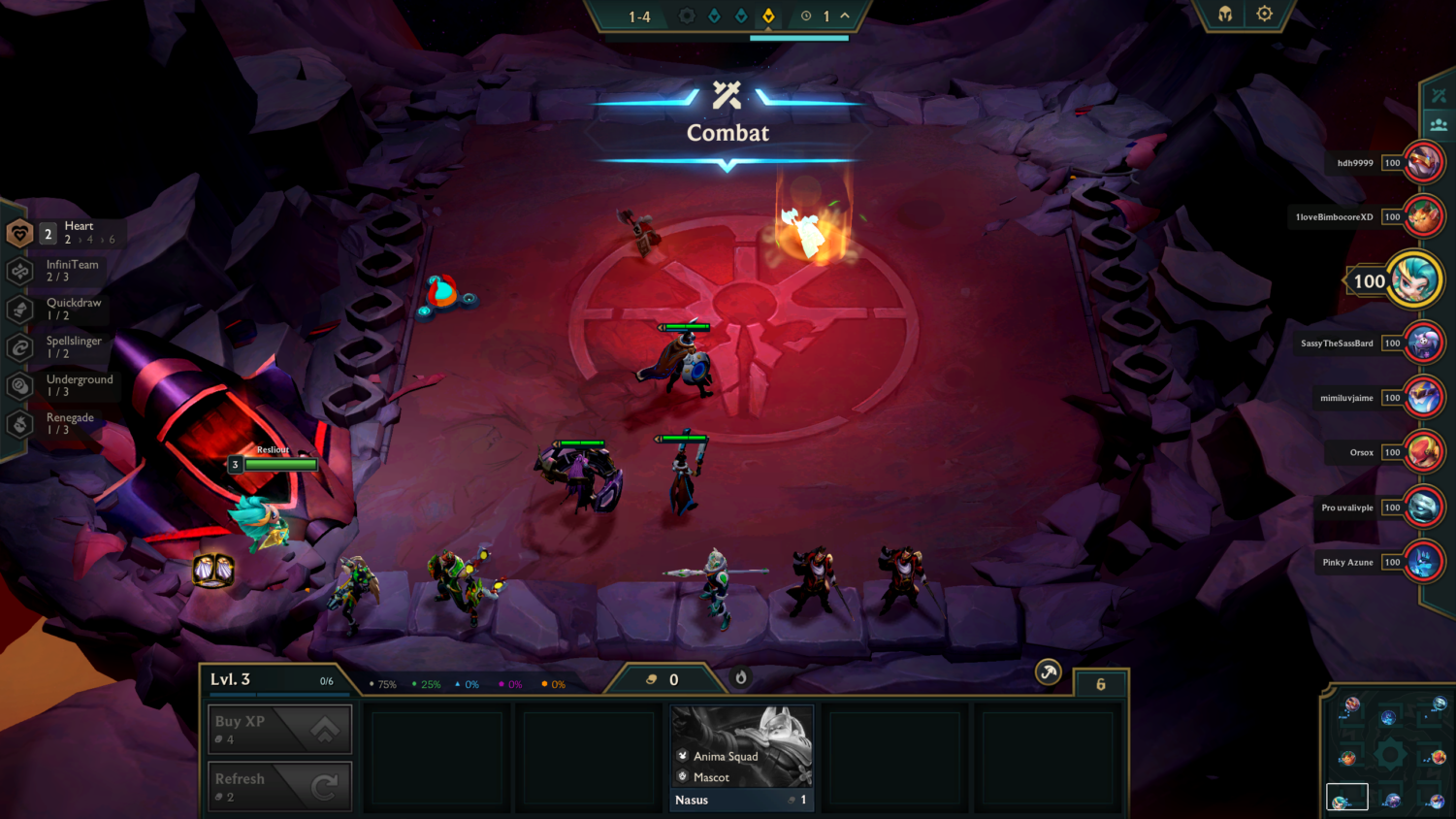
If you have a specific gameplay mechanism or rule that you want to make the core of your game, you should build around it. Think about how you want to develop that mechanism, how you can make that mechanic feel impactful, and most importantly, how that mechanic contributes to the overall design of your game. An exciting gameplay mechanic can definitely become a stand out feature of a game, but it can’t make up for the remaining gameplay being lackluster.
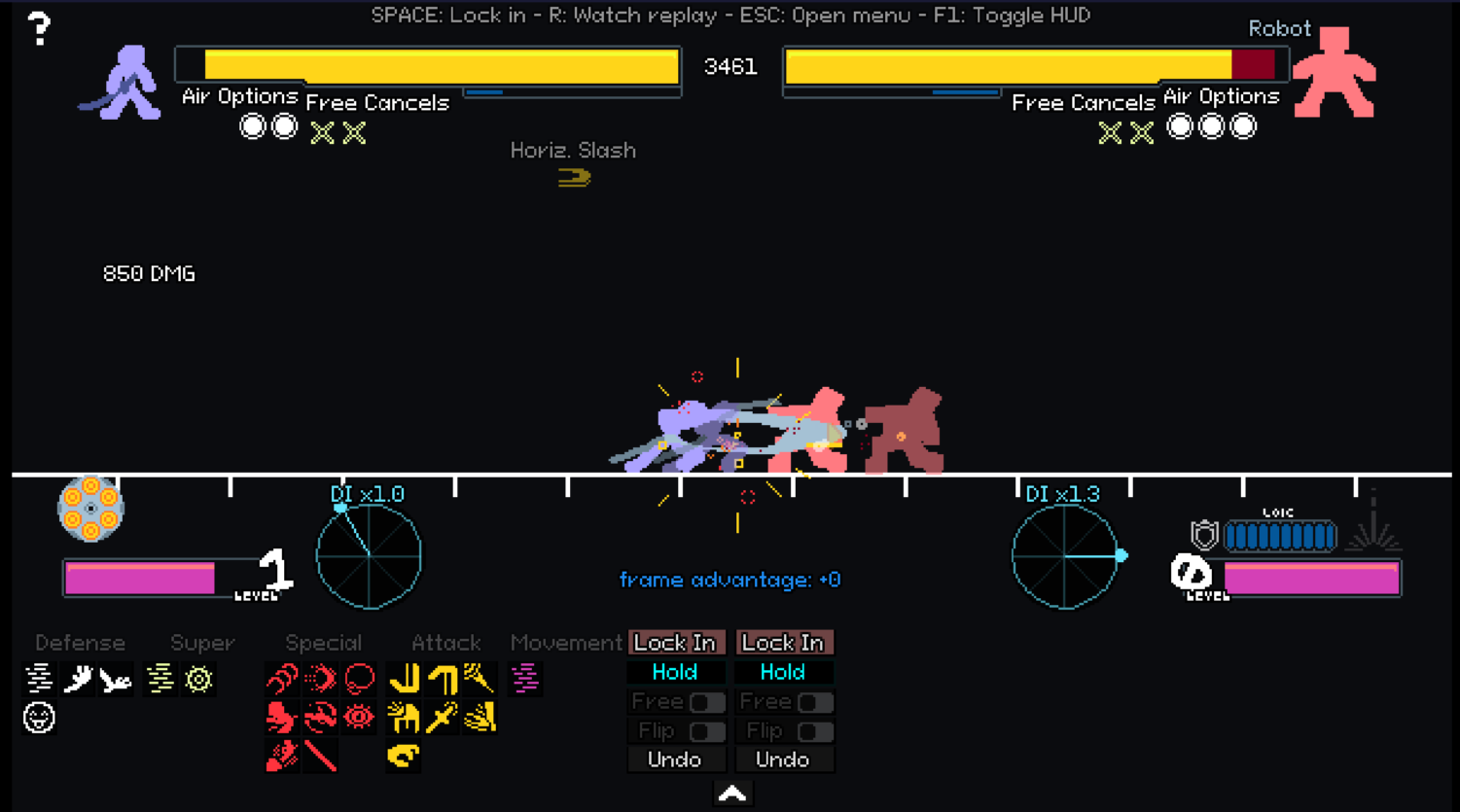
Telling a story is another great foundation for game making. In this case, it’s most optimal to start with thinking about how you want to tell your story and how you can make the player feel like they’re a part of it. Think of what genre fits your story the best, think of what core elements of the story you want your player will experience, and think about what the story elements can be gameplay elements. In the end, the purpose of a game is to make the players feel engaged. If you cannot do that, then you’ve made a movie.
Pre-Design
Now that you have an idea and a basic outline of your game, you’ll need to do some research into similar games to get a better understanding of what works and what doesn’t work. This starts with playing games that share DNA with your game. If you’re making a turn based strategy game with predefined boards, look at chess, and if you then add features such as terrain and unit upgrades, look at X-COM. Then, if you want to tweak the game to use recurring heroes instead of disposable pieces, look at RPG titles like Fire Emblem or Heroes of Might and Magic.
The key in the pre-design portion of the game creation process is to research games that share similarities to your idea and to see how you can capture that magic. Your goal in this process is to find out what kind of experience you want to provide your players. The pre-design research is when you start figuring out the experience you want to create, the emotions you’re trying to evoke, and how you are going to carry that out. It is important to note that you’re likely going to look at hundreds of different games when initially conceptualizing your own, and yet you will only end up with several core inspirations. Churning through many different games is essential, and will change the way you look at your own.
For the design of the Pachinko roguelike game Peglin, creator Dyland Gedig noted that his studio looked at many games for inspiration, and often had to change their design based on what they saw in order to provide the experience. Gedig noted that “Pachinko and its derivatives like Plinko were all big influences, as well as other games that combined puzzle games with battle systems like Puzzle Quest. Peglin was originally intended to be an RPG but it didn’t fit the formula as well as roguelikes did. Slay the Spire is the biggest influence on the Roguelike-side, once we decided to make the switch to that genre (so that we could really power creep players without ruining an 8+ hour experience) we really looked at their structure for how to proceed.”
After you’ve solidified your understanding of what works in your game, it’s time for you to look at what doesn’t work. For that, you must take a look at the graveyard of games that have failed. Now, when I say ‘failed,’ I don’t mean small indie games that were met with few sales or little accolades. I mean games that saw a significant amount of gameplay criticism from the player base and critics alike. Looking at these criticisms can help you understand what consumers disliked so that you can avoid these flaws in your own design.
With some research done and a fine understanding of what your game entails, it’s time to work on the core design, which will be the framework of your game.
Core Design
The core design of a game refers to the foundational parts of design. This includes things such as the core gameplay loop, which is what players go through each time they play the game. he progression structure, which is how the player progresses through the game as a whole, and the feedback loops, which is how the player and game interact with each other as the game progresses .
The core of core design is the core gameplay loop, as with a good core design loop, you can be rest assured that your game will do well. The core gameplay loop is the main reason people buy your games. I, in a card game, this is the card game decision making process in conjunction with the deck building process. The core loop should feel very tightly knit, there should not be a lot of excess mechanics that makes the loop feel cumbersome to go through, as players will be going through this process every time they decide to play your game.
The progression structure is the method in which gameplay progression occurs. This means how players unlock new experiences within the game and essentially tweak their gameplay loop. The progression structure is just as important, if not more important, than the core gameplay loop. Even if you have a perfect loop, people get bored easily if it never sees any change. For the progression structure, try to find a good pace at which you want the player to go forward at. You can make it linked to defeating bosses, by their number of loops, or by player milestones. A good progression structure should make it feel like the player is being rewarded for playing the game.
Feedback loops are the smaller interactions between the player and the game as they progress through the core loop. These are the exciting moments, the things that make them remember the game more. These moments are hard to engineer, so when they do occur, try to make them as memorable as possible. You can do this by dynamically adjusting the game, such as tipping the scales to favor the player during the gameplay loop or by dynamically adjusting the difficulty as the player loses more.
System Design
System design in our case has two meanings. The first meaning concerns structuring the game’s many systems and how these elements interact with one another. The second is more technical, as we start looking at how these individual systems within the game works, as well as how they interact with the player to create a cohesive and engaging experience.
On the game design side of things, system design deals with player experience outside of the core systems, as well as how we want to approach the technical elements of our game. The key to system design is going to be structuring and connecting. In this case, we want to find how each system interacts with each other system in the game, as well as how it contributes to the overall experience that you want the player to have.
An example of this is in Skyrim, an open world ARPG created by Bethesda. In the game, items have weights, and if that weight was higher than your carrying capacity, you would move significantly slower. This, in conjunction with the lack of easily accessible storage spaces, means that the player needs to choose what items they want to carry, and what items they’ll need to give up in order to carry new items.
The other definition refers to how you are going to create and structure systems in relation to the player. This refers to both how you want to structure the system in terms of programming, as well as how you want players to interact with the system. Using the item weight system in Skyrim as an example, when designing that system,
Visual and Sound
Aside from game design, a large part of game-making comes from fulfilling the fantasy your game promises through visuals and sound. A powerful attack will feel significantly weaker if it does not have the proper visual effects and sounds to back it up. As well, proper visual and sound design can also mask flaws in your design as well as amplify the emotions.
Let’s start with the visual element. The first thing people do when they hear the name of the game is usually to draw some type of visual in their mind. If I were to mention the title of the game Darkest Dungeon, the first thing you would picture is likely a grim and dank dungeon. Creating visuals for a game isn’t always about creating a good artstyle, rather, it’s about creating a suitable style for your game. The visual style your game has should match your gameplay and the content within it.
Sound and music can amplify the emotions one feels when playing the game. It can make the gameplay feel more immersive. Let’s explain this through an example by creating the gameplay, visual, and audio elements for a heavy attack and a light attack in a simple role playing game.
Let’s start with the light attack. A light attack should feel quick and adequately powered, so it should deal a good bit of damage, and use a low amount of resources or have a shorter action time. But aside from that, the visual and sounds for a quick attack should also feel snappy and immediate. No windup effects, no long lasting hit sounds.
Now onto the heavy attack. A heavy attack should feel heavy and strong, so this should deal more damage than the light attack, and probably be more resource intensive than the light attack. This means that it would have more heft and slower and louder sounds in comparison. So, we would have some type of windup sound, a much louder hit sound, possibly with reverb, and a much slower hit visual effect.
The Millstone
We have finished all that is necessary for a basic prototype of the game. Give yourself a pat on the back for that! But that was only the beginning. Now, we have to begin testing and revising. This is a grinding and often exhausting process that requires you to accept a lot of criticism, and even more discouraging insults.
The testing and revision process is where you have playtesters play our game, provide us with their feedback, and then we tweak our game according to that feedback.
When playtesting, there are several important things to remember:
First: Players are good at identifying issues, not solving them.
Players can help notice mechanics that are not fun to play, things that are not functioning correctly, and things that may not be intuitive. But they usually give awful suggestions for how to solve them, because they don’t share the same vision for the game as you do. Players act on emotion, remember that before you make a drastic decision.
Second: You’re not going to be there to answer their questions.
Your players only know what you tell them. Try not telling them things in order to see how intuitive the game is. See if people can play the game without you helping them, this can help you see whether most people would actually be able to play your game without becoming frustrated.
Third: Fun is subjective.
What one player thinks is not fun and absolutely awful to play with, another player may love and absolutely adore. Different players in the player base will have different opinions on your game, and it’s up to you to decide which audience you want to appease.
Fourth: Gauge the reaction, not the complaint.
Though the complaints playtesters give are extremely helpful, it’s often more useful to note their reactions. If a player’s reaction to an effect is immediate anger, you know that the mechanic causes serious frustration. If their reaction is groaning and apathy, then you know that the mechanic is likely tiring and boresome. If a player is winning and they’re showing few positive emotions, you know that your game fails to be exciting. Knowing how players react to the element can actually help you better at knowing how to change the element, as you can slowly adjust the gameplay element until it matches what you want their perception of it to be.
Using this feedback, you should revisit the design phases and visual phase to improve your game. Some things that may be done at this time includes cleaning up placeholder art and audio, adjusting statistics on abilities or attacks, fixing errors in text or speech, as well as more time intensive things such as re-evaluating certain design choices, and the direction or audience of your game.
Rinse and repeat until you find the gameplay experience feels right to you and is enjoyable to the majority of your playtest audience. Then you can move on to the next step.
To Publishing
We’re finally ready to publish… sort of. We can publish right now, but should we? A game that is playable doesn’t mean it’s ready to ship. Why? Because a large part of publishing a game is making sure the environment is right. As a sole indie developer, even a large publishing studio, your release and pre-release period is the most important thing in order to ensure success.
First off, we need to make sure that we aren’t competing for the spotlight. Are there any big releases coming up? Any similar games that might compete with us or make us seem unremarkable on the market? If so, we can either wait for their game to release first or push to enter the market faster than them. If your game and the competing game are similar in nature, it may be more beneficial to release first, but this is entirely your choice.
You need to make sure that people know about your game. This is where advertising comes into play. This includes promoting your game on social media platforms, convincing content creators to make videos on your game, going to gaming conferences and events to promote your game, and finally, by allowing access to the game through demonstrations. All of these methods help your game become recognizable in the public.
After that, you need to work on getting your game’s social media and other social elements such as bug reporting, content moderation, and incentives set up. The release period is when you will sell the most games and see the most engagement for your game. This includes getting questions on various social media platforms, reviews from critics and players, as well as purchases of related products. So before release, make sure you are ready to handle these things adequately and efficiently, as negativity during the release period can result in a failed launch.
The Postmortem
After a game is published and out of the pipelines, there’s often two things that designers do next. The first of these is known as a postmortem, which is a post release analysis of what they felt like they did well and poorly with their game. During this time, developers also analyze the direction they took the game and look at how they changed their design over time, giving them more insight over how they adapted to challenges.
Postmortems are a great way for developers, especially small teams, to look at how they can improve as developers and as teams in general. This is also an important opportunity to reflect on the risks you may have taken and see whether it was correct to have taken them.
Postmortems are very important to improving as a game developer, as they allow you to revisit your mistakes and learn from them. They also act as a handy way to look at possibilities for your next game, as you may take parts you discarded when conceptualizing the game and adapt them for a new project.
The Expansion.
The other thing post release is to create post release content for the game. For some games, this may be in the form of free content updates or changes that incentivize players to keep playing. This can increase the game’s popularity and often bring additional profits for a long time after the initial release period. It is important to note that this method usually works best with games that use live service models and profit primarily from microtransactions.
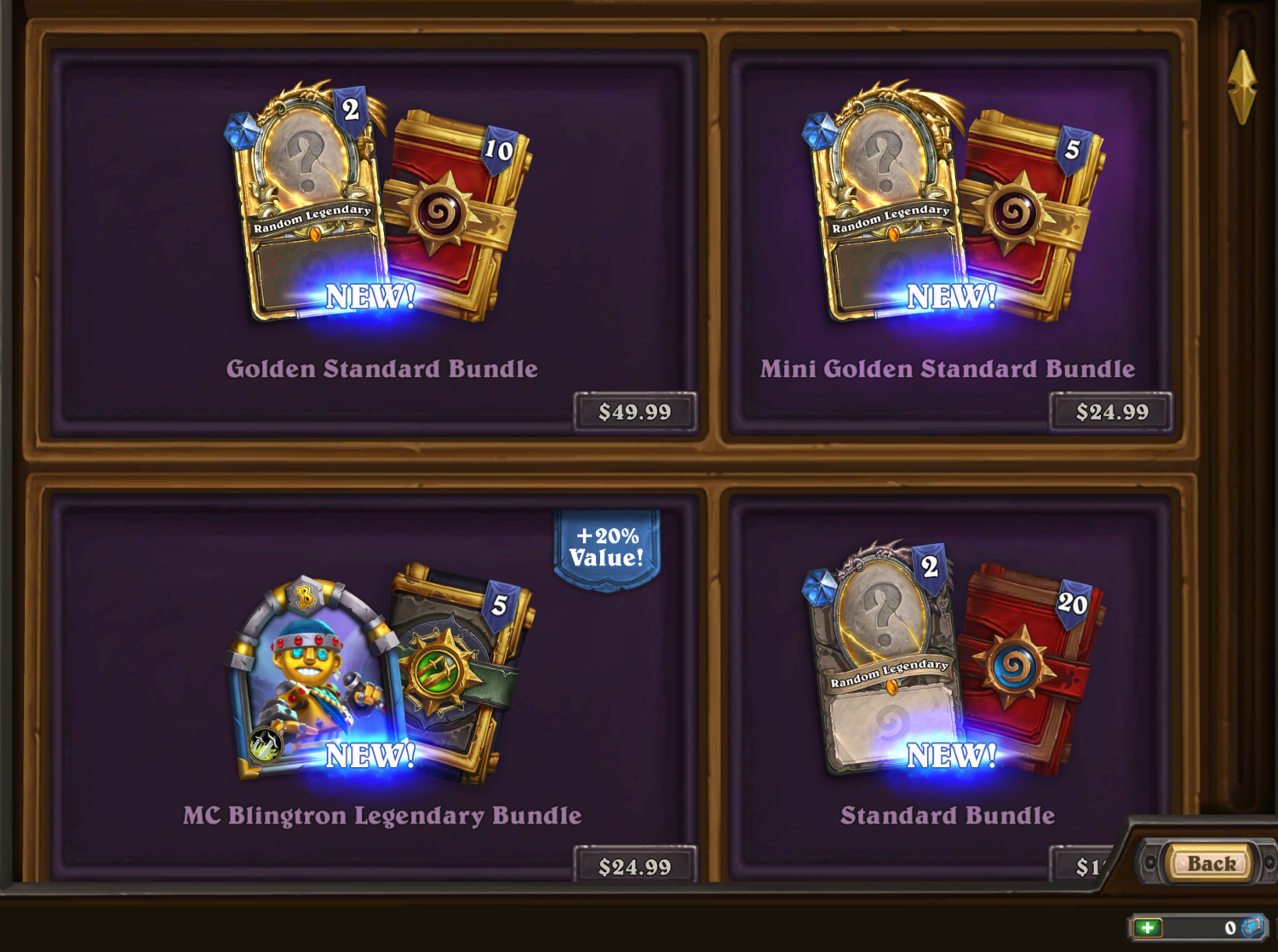
Another method of releasing post release content is through paid expansions that provide large chunks of additional content and new mechanics for players to play with. This is often used with games that have fewer updates and are more focused on the single player experience, which usually has less of an upkeep. This brings a second major wave of interest in the game, like a second breath of life.
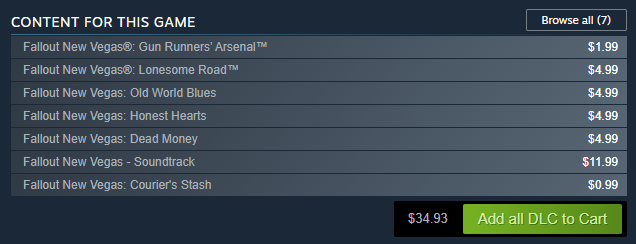
Note that it’s not mandatory to create a large amount of post release content. For many developers, once they release their game, they’re essentially done with it. All they do is a few bug fixes or create a small content patch before moving onto their next project. This isn’t necessarily because they don’t care, but because sometimes there’s nothing to change.
When talking to the developer of the chess based roguelike Ouroboros King, Oriol Cosp noted that he had very few regrets with his game and had very little to add for future expansions, ” I made what I set out to make, a chess game with roguelike elements, and I’m happy with my end results. There are some things like an infinity mode and a practice mode that I might work on, but as it is, I plan on moving on to something else.”
Anew
Eventually, you’ll run out of things to add or simply run out of passion for the current game. Then it’s time to start anew, going through this process once more and making a new game as you use your newly gained experiences and knowledge to expedite the process. When you’re done with that, you’ll then start anew again, then again, and again.
But after a while, take a minute and look back at what you have done. You made a game, and you made a good game. You provided an experience to people that only you could have provided. That is ultimately what games are all about. They provide players with an experience that no one else can provide.
You made a game, and you made a good game. You provided an experience to people that only you could have provided. That is ultimately what games are all about. They provide players with an experience that no one else can provide.
Tiankuo Zhang is an Editor-In-Chief for 'The Science Survey.' He sees journalism as something that has withstood the test of time and finds the transcriptions...

